International Journal of Aquaculture and Fishery Sciences
Gross, Microscopic and Ultra structural Pathology of Ocular Abnormalities in Farmed Halibut
David L Williams1* and W Mary Brancker2
238 Streetley Lane, Sutton Coldfield, UK
Cite this as
Williams DL, Brancker WM (2018) Gross, Microscopic and Ultra structural Pathology of Ocular Abnormalities in Farmed Halibut. Int J Aquac Fish Sci 4(1): 001-005. DOI: 10.17352/2455-8400.000034This report documents the gross pathological appearance, histopathology and ultra-structural studies of the ocular abnormalities previously reported in farmed Atlantic halibut (Hippoglossus hippoglossus). 37% of eyes investigated were normal on gross and histopathological examination while 32% showed formation of an intraocular cyst in the choroid resulting in anterior movement of the retina. 27% showed scleral ectasia in which the posterior portion of the globe was enlarged, either generally or in a focal ectatic focus. In a small number of eyes the cystic posterior segment lesions contained fibrous and inflammatory tissue but most affected eyes showed cystic structures filled with gas or fluid. Although morphology was somewhat compromised in the majority of samples, histopathological and electron microscopic ultra-structural examination showed an endothelial lining to these posterior segment cysts suggesting that they have developed following gas bubble formation in vessels of the choroidal rete. This finding concurs with our previous research showing increased intraocular oxygen concentrations in the eyes of affected fish and suggests that the pathology seen here is predominantly associated with the formation of oxygen bubbles in the countercurrent multiplier system of the choroidal rete.
Introduction
We have previously reported ocular abnormalities in farmed halibut [1], and documented studies showing an association between the gas-filled intraocular and retrobulbar cysts characteristic of ophthalmic disease in these fish and increased choroidal carbonic anhydrase activity [2], high intraocular oxygen tensions [3], and aggravating factors such as handling trauma [4]. Here we report pathological findings in the eyes of these fish at a gross, histological and ultra-structural level, providing further evidence showing that the majority of ocular lesions in these fish are associated with choroidal gas bubble formation.
Materials and Methods
Animals
Halibut from a group of broodstock at the Marine Farming Unit, Ardtoe, examined and reported previously [1], were culled to provide a sample of fish with normal eyes, exophthalmic eyes, eyes with peribulbar cysts and eyes with intraocular inflammatory change. While not fully random in nature the selection of eyes taken gave numbers of globes reflecting the proportions of ocular lesions in the broodstock population. Fish were euthanased by rapid decapitation followed by pithing. Eyes were removed and fixed in Davison’s solution (glacial acetic acid, ethyl alcohol, formol saline) for gross pathological examination and histopathology. A small proportion of these eyes were post-fixed in 2.5% gluteraldehyde in cacodylate buffer for electron microscopy.
Ongrowing fish maintained in commercial aquaculture setting by Marine Harvest McConnell were randomly culled to investigate ocular and systemic pathology. Fish were culled by a blow to the back of the head avoiding ocular damage. Eyes were removed and fixed in 10% formol saline.
Eyes were bisected and the cut surface photographed using a standard technique with the specimen submerged as previously reported [5]. Histological processing of globe calottes to wax was performed in a routine manner and 6 micron sections stained with haematoxylin and eosin, again in a routine manner. Processing for electron microscopy involved refixation of small samples of normal and affected choroidal gland with 4% gluteraldehyde in 0.13M phosphate buffered saline, staining with 1% osmium tetroxide in 0.13M phosphate buffered saline, dehydration in acetone, immersion in 10% hexamethyldisilazine and finally air-drying in a dessicator when mounted on aluminium stubs using epoxy araldyte gel. Samples were gold coated using a Polaron E5105 splutter coater and then viewed in a Hitachi S2300 scanning electron microscope. Processing of sections taken from samples previously evaluated by scanning electron microscopy involved immersion in propylene oxide transferred to a 50:50 mixture of propylene oxide and then embedded in TAAB resin with dodecenyl succinic anhydride and methyl nadic anhydride as hardener as previously described [6]. 80nm sections were cut on a Reichert ultratome using a Diatome diamond knife and double stained with aqueous 3% uranyl acetate and lead citrate and viewed on a Hitachi H607 transmission electron microscope.
The study was reviewed and accepted by the ethics and welfare committee of the department of veterinary medicine, university of Cambridge.
Result
Eighty two eyes from 41 broodstock halibut were removed post-mortem, fixed and examined grossly. Histopathological sections were taken from 20 representative eyes and in four of these, higher power ultrastructural investigations were undertaken with scanning and transmission electron microscopy. Eighty eyes from 40 ongrowing halibut of ages from 4 months to one year were similarly removed, fixed and subjected to gross and histopathological examination.
Gross pathology
Thirty of the 82 broodstock eyes (37%) were normal on gross examination or had intraocular changes such as vitreal traction bands and debris or anterior segment debris which were considered likely to be agonal or post-mortem change. Twenty six eyes (32%) showed formation of posterior segment cystic structures whereby the retina was displaced anteriorly by a gas-filled cyst. Twenty two eyes (27%) conversely were affected by scleral ectasia, where the posterior segment gas-filled cyst had caused posterior expansion of the sclera either over a wide expanse of the posterior pole or as an extrusion over a more focal area of posterior sclera. One hundred and three eyes from on growing fish were apparently normal on gross inspection. The three remaining eyes showed posterior segment disruption which may be attributed to trauma or gas-bubble-associated pathology as seen in broodstock eyes, but distinguishing between these two aetiopathogenic possibilities was not possible on gross examination alone.
Images of bisected broodstock eyes are shown in figures 1-4, Normal eyes (Figure 1) show the characteristic vascular rete in the choroid as a tightly packed mass of blood vessels occupying a small area at the posterior pole of the eye. The retina lies immediately interior to this structure and the sclera enwraps it tightly exteriorly. The lens, spherical and white as a fixation artefact in the images here is positioned behind the iris. The anterior chamber separates the iris from the cornea by between 3 and 5mm. The cornea encompasses a relatively small proportion of the anterior-posteriorly flattened globe.
In a substantial proportion of broodstock eyes (15 eyes, 18%, example shown in figure 2 intraocular lesions involved the formation of a posterior segment cystic structure by anterior displacement of the retina without substantial globe enlargement through posterior scleral ectasia. A similar number (14 eyes) were characterised by retrobulbar expansion of the posterior sclera sometimes with an external distortion of the entire posterior sclera but at other times with a more dramatic focal cystic dilatation of the sclera, most commonly around the cribriform plate where the optic nerve leaves the eye (Figure 5). At post-mortem examination these retrobulbar cystic dilatations were thinly walled (Figure 6), with gas inside as evidenced by the ease of indenting the wall. The finding that many of these eyes floated (Figure 7), further confirmed that it was gas and not fluid which filled many of these cystic structures. In a smaller number of examples (3 eyes in this series) the posterior segment was filled with fibroinflammatory tissue (Figure 7) and in these cases eyes did not float.
Histopathology
The choroidal rete seen in the eyes considered normal on gross examination consisted of numerous tightly packed blood vessels of similar if not identical diameter, positioned near the posterior pole of the eye (Figures 8,9). In some older broodstock with eyes which appeared normal on gross inspection there was a degree of fibrosis between some choroidal rete vessels, this also being evident at the boundaries of the rete structure in some fish (Figure 10).
In broodstock with cystic changes in the posterior segment and also in the smaller number of ongrowing fish with similar though less pronounced signs, the vessels were dramatically distended (Figure 11). Although after histological processing it was impossible to determine whether these were filled with gas or fluid, the finding that many of these eyes floated, as noted above, suggested that the former was the case.
Ongrowing halibut were rarely noted to have the ocular pathology common in broodstock, but in three out of the 102 fish examined histopathologically, choroidal vessel enlargement was noted, postulated here to be related to choroidal gas bubble formation.
Cysts were on occasion evidently lined with endothelium, although often this was not easy to identify in histological sections. More often it was the endothelial basement membrane which was evident and cellular detail was impossible to evaluate in these histological sections. Between cysts fibrous septae filled the intervening space in the majority of cases (Figure 11). In the three cases noted above in which the posterior segment was tissue-filled, the cystic spaces were occupied by dense inflammatory tissue (Figure 12).
Scanning electron microscopy
Scanning electron microscopy of the normal choroidal rete showed a matrix of connective tissue septae which, although vessel wall detail had often been lost in fixation and processing, were taken, in conjunction with the histological findings, to indicate a large number of blood vessels arranged in a tightly packed manner (Figure 13), with equally sized vessels forming the centre of the rete while large vessels occupied the periphery.
Scanning electron microscopy of the pathological cystic structures in abnormal eyes suggested them to be contiguous with the smaller blood vessels of the choroidal rete (Figure 13), formed as a pathological expansion of one vessel. The connective tissue septae surrounding the cyst appeared to be compressed together but neighbouring blood vessel lumina are still evident.
Transmission electron microscopy
Preservation of ultrastructural detail was poor in the samples subjected to transmission electron microscopy processing but sufficient morphological characteristics were present to demonstrate that endothelial cells were present lining both the blood vessels of the choroidal rete (Figure 14), and the choroidal cysts (Figure 15). Nuclear and cytoplasmic detail was very sparse but sufficient to indicate the presence of flattened cells lining the blood vessels and cysts. Endothelial cells lining the retial blood vessels appeared more plump than the more squamiform cells lining the cyst wall.
Discussion
The choroids of many species of fish is characterized by a vascular rete acting as a countercurrent system [7], through which high oxygen tensions are produced to supply the retina with sufficient oxygen to satisfy its high metablic rate in deep water environments where otherwise relatively hypoxic conditions apply [8]. At substantial depths this oxygen remains in solution, but in shallow tanks and with additional factors such as handling trauma, the gas can come out of solution as gas bubbles [4]. Our hypothesis is that the majority of ocular lesions noted in these fish are the result of gas bubble formation in the vessels of the choroidal rete with subsequent alteration of intraocular contents such as cystic change in the posterior segment, anterior displacement of the retina, generation of gross inflammatory or fibrotic change within the posterior segment, globe enlargement and/or focal scleral ectasia.
If the origin of these cystic structures is indeed gas bubble formation in the vascular rete of the choroidal body in these fish, the position of the cystic lesions should be in the posterior segment between retina and sclera, and the lining of these cysts should include an single endothelial cell layer equivalent to that of the vasculature of the choroidal rete. The pathological findings presented here demonstrate at gross, histological and ultrastructural levels, that the disease process in the majority of the eyes sampled can be explained as tissue alterations subsequent to gas bubble formation, most regularly leading to the development of cysts either within the globe itself with resultant globe enlargement or manifesting as scleral ectasia within the orbit and subsequent exophthalmos while the globe may not be obviously enlarged on ophthalmoscopic evaluation pre-mortem.
At a histological level it was often difficult to ascertain whether the lining of the cysts was the same as that of the blood vessels of the choroidal rete. Ultrastructurally the evaluation of similarity between the retial vessel wall and the cyst wall was complicated by the poor preservation of the tissue. Fixation and processing artefacts may be responsible for the poor preservation of cells in the cyst wall, since the time to full fixation of cells liing a gas-filled space within an eye immersed in fixative is necessarily slow. Conceivably it may be that cell death was caused by gas pressure or oxygen toxicity, resulting in the loss of endothelial cell viability.
Even given these problems, there is sufficient evidence from gross and histopathological examination and from both scannng and electron microscopy to indicate that the cysts are formed from dilation of gas-bubble-induced choroidal vessels and, we propose, to formulate a pathogenic mechanism by which gas bubble formation in the retial vasculature results in vessel enlargement and subsequent cyst formation.
- Williams DL, Wall AE, Branson E, Hopcroft T, Poole A, Brancker WM (1995) Preliminary findings of ophthalmological abnormalities in farmed halibut. Vet Rec 136: 610-612. Link: https://goo.gl/cchtpU
- Williams DL, Hopcroft T, Pantel U, Brancker WM (1998) Levels of choroidal body carbonic anhydrase activity and glycogen in farmed halibut. Vet J 156: 223-229. Link: https://goo.gl/PoE7LH
- Williams DL, Brancker WM (2004) Intraocular oxygen tensions in normal and diseased eyes of farmed halibut. Vet J 167: 81-86. Link: https://goo.gl/EC5yZW
- Williams DL, Brancker WM (2006) Aggravating factors in the development of ocular abnormalities in farmed Atlantic halibut (Hippoglossus hippoglossus). Vet J 172: 501-505. Link: https://goo.gl/kuv6iF
- Biswas J, Babu K, Krishnakumar S, Vanitha K, Vaijayanthi P (2001) Gross photography of ophthalmic pathology specimens. Indian J Ophthalmol 49: 273-276. Link: https://goo.gl/AJJzKP
- Glauert AM, Glauert RH (1958) Araldite as an embedding medium for electron microscopy. J Biophys Biochem Cytol 4: 191-194. Link: https://goo.gl/Cu9UdQ
- Wittenberg JB, Haedrich RL (1974) The choroid rete mirabile of the fish eye. II. Distribution and relation to the pseudobranch and to the swimbladder rete mirabile. Biol Bull 146: 137-156. Link: https://goo.gl/PZ2fJf
- Wittenberg JB, Wittenberg BA (1962) Active secretion of oxygen into the eye of fish. Nature 194: 106-107. Link: https://goo.gl/KeL3y1
- Williams DL, Goddard PJ, Brancker WM (2007) Ultrasonographic examination of ocular lesions in farmed halibut. Vet J 173: 456-458. Link: https://goo.gl/QtxQaS

Article Alerts
Subscribe to our articles alerts and stay tuned.
 This work is licensed under a Creative Commons Attribution 4.0 International License.
This work is licensed under a Creative Commons Attribution 4.0 International License.
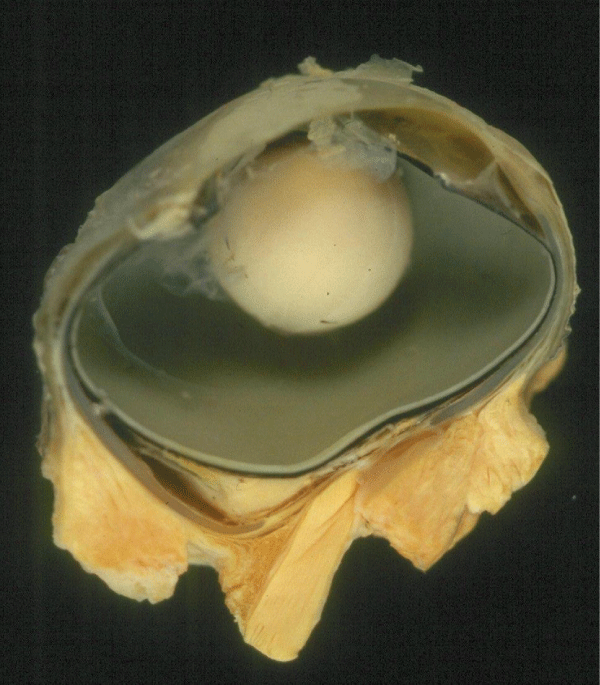
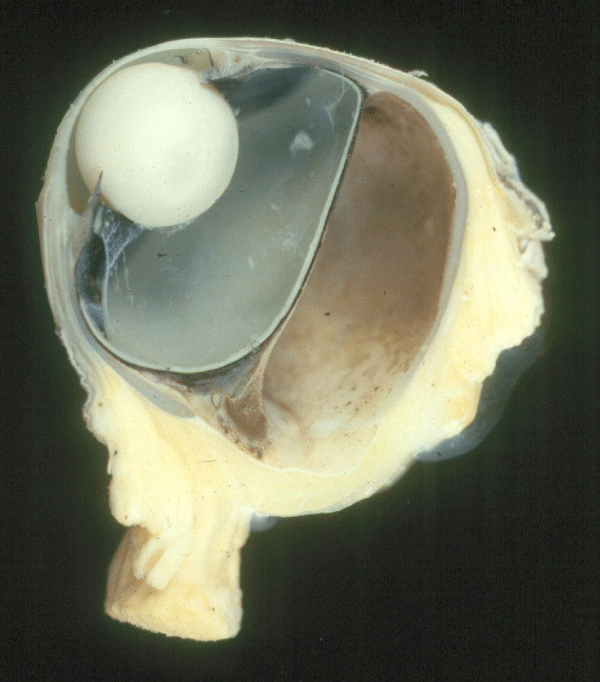
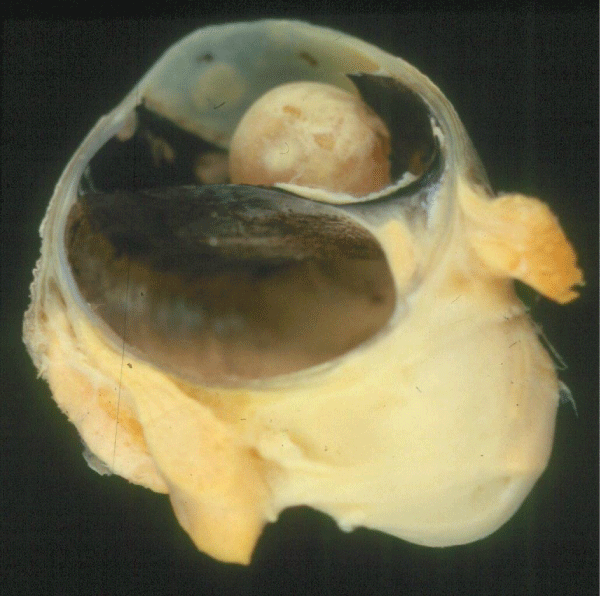
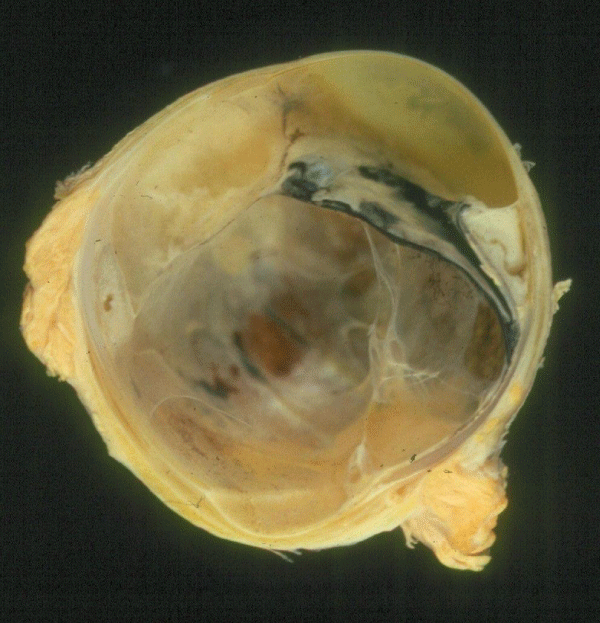
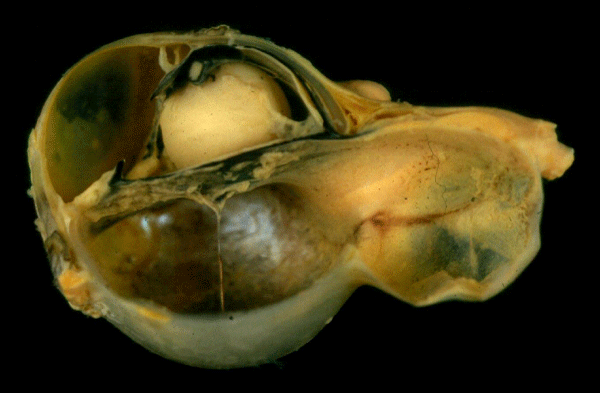
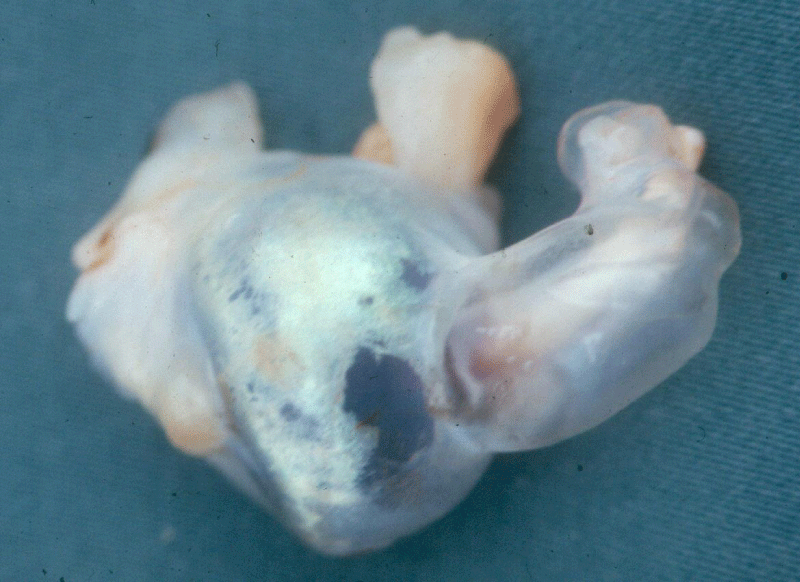
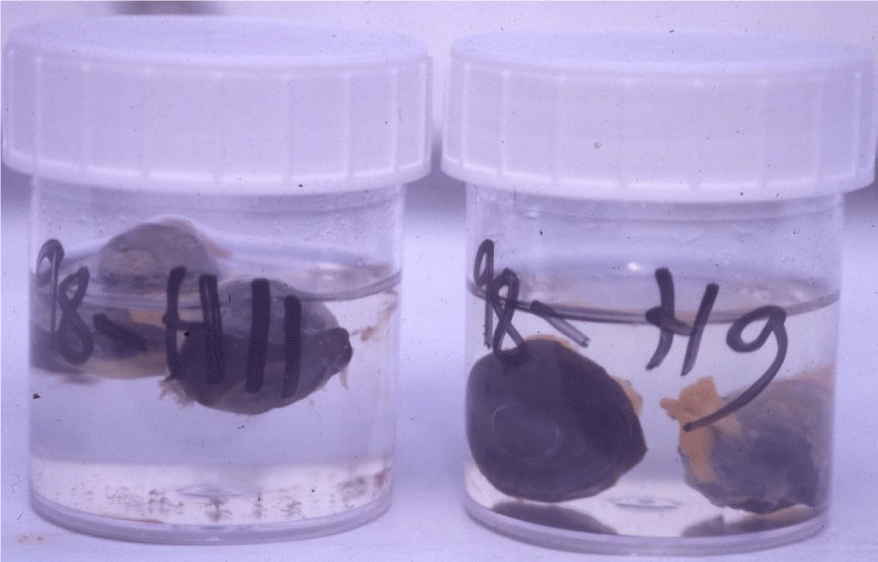
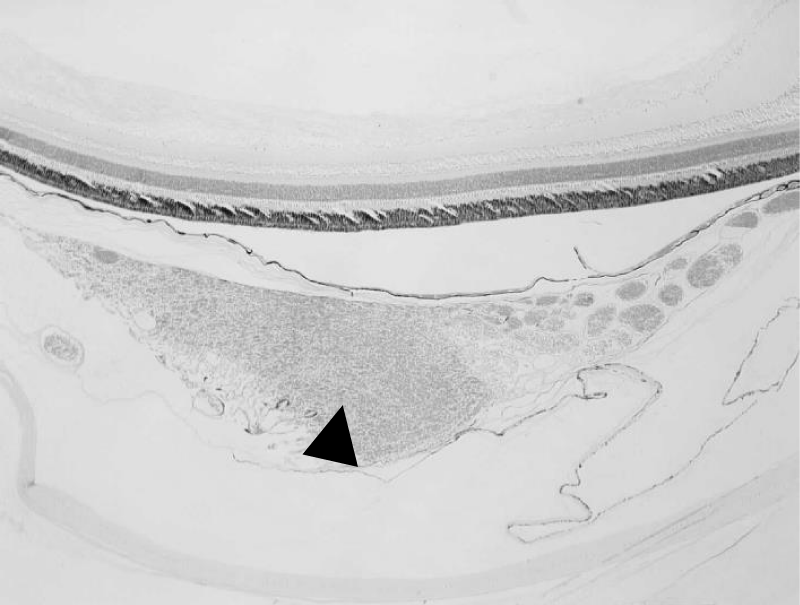
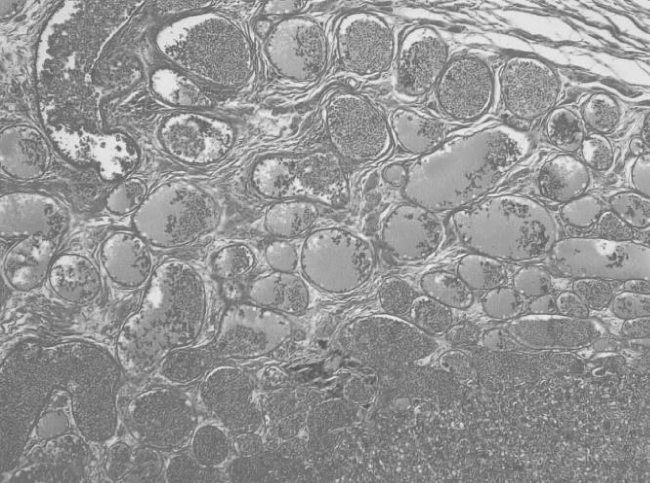
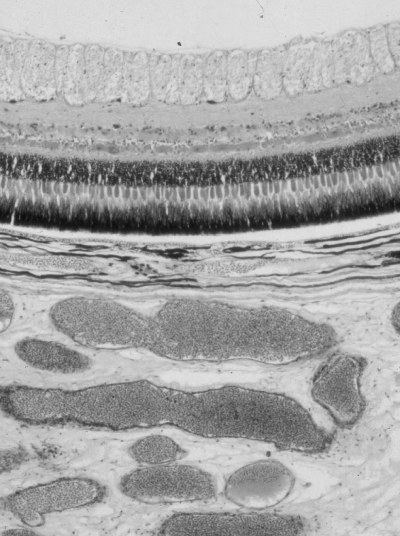
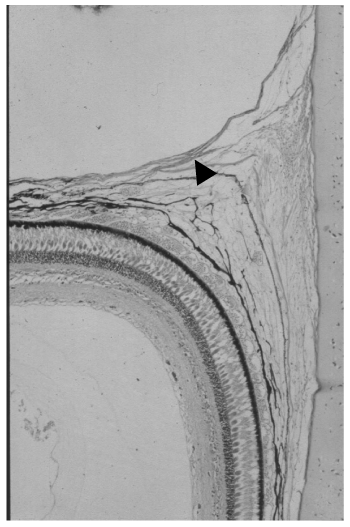
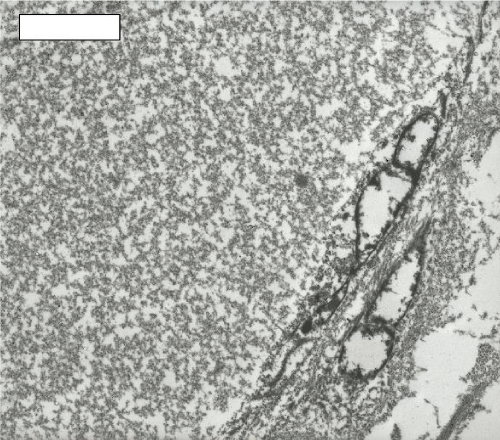
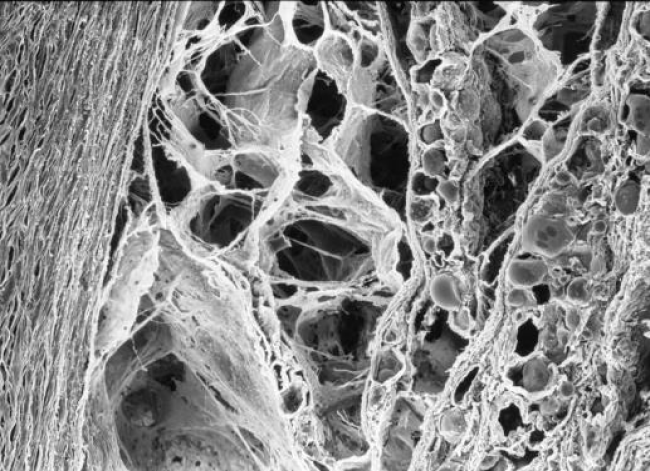
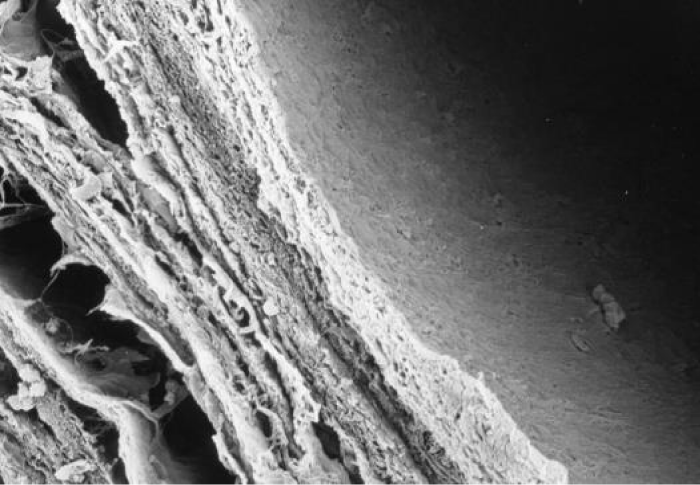
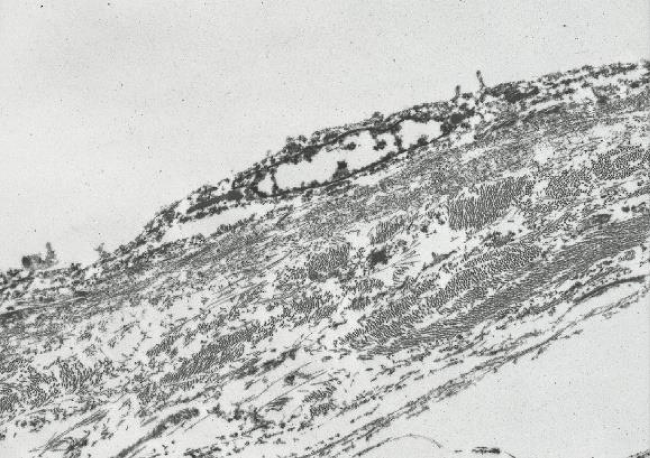
 Save to Mendeley
Save to Mendeley
